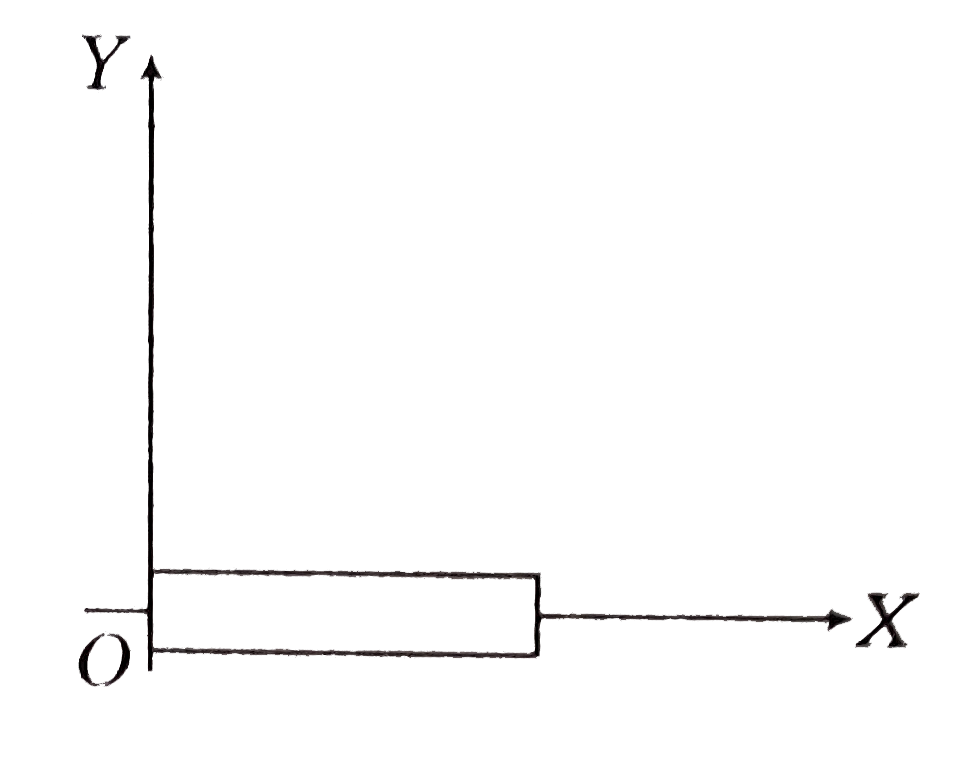Show that moment of a couple does not depend on the point about which you take the moments.
To show that the moment of a couple does not depend on the point about which you take the moments, we can follow these steps:
Step 1: Define a Couple
A couple consists of two equal and opposite forces acting parallel to each other. Let’s denote these forces as F and −F, separated by a distance d.
Step 2: Choose a Point for Moment Calculation
Let’s consider a point O from which we will calculate the moment (torque) of the couple.
Step 3: Determine Distances from Point O
Let the distance from point O to the line of action of the first force F be x. Consequently, the distance from point O to the line of action of the second force −F will be d−x.
Step 4: Calculate the Torque about Point O
The torque τO about point O due to the first force F is given by:
τO1=F⋅x
The torque τO about point O due to the second force −F is given by:
τO2=−F⋅(d−x)
The total torque τO about point O is then:
τO=τO1+τO2=F⋅x−F⋅(d−x)
Step 5: Simplify the Expression
Now, simplifying the expression:
τO=F⋅x−F⋅d+F⋅x=2F⋅x−F⋅d
This can be rearranged to:
τO=F⋅d
Notice that the x terms cancel out.
Step 6: Conclusion
The total torque τO is equal to F⋅d, which is the product of the force and the distance between the forces. Importantly, this result does not depend on the choice of point O (the distance x cancels out). Therefore, we conclude that the moment of a couple is independent of the point about which the moment is taken.
A couple consists of two equal and opposite forces acting parallel to each other. Let’s denote these forces as F and −F, separated by a distance d.
Let’s consider a point O from which we will calculate the moment (torque) of the couple.
Let the distance from point O to the line of action of the first force F be x. Consequently, the distance from point O to the line of action of the second force −F will be d−x.
The torque τO about point O due to the first force F is given by:
τO1=F⋅x
The torque τO about point O due to the second force −F is given by:
τO2=−F⋅(d−x)
The total torque τO about point O is then:
τO=τO1+τO2=F⋅x−F⋅(d−x)
Now, simplifying the expression:
τO=F⋅x−F⋅d+F⋅x=2F⋅x−F⋅d
This can be rearranged to:
τO=F⋅d
Notice that the x terms cancel out.
The total torque τO is equal to F⋅d, which is the product of the force and the distance between the forces. Importantly, this result does not depend on the choice of point O (the distance x cancels out). Therefore, we conclude that the moment of a couple is independent of the point about which the moment is taken.
Topper's Solved these Questions
- SYSTEMS OF PARTICLES AND ROTATIONAL MOTIONBOOK - NCERT ENGLISHCHAPTER - SYSTEMS OF PARTICLES AND ROTATIONAL MOTIONEXERCISE - EXERCISE
33 Videos
- PHYSICAL WORLD BOOK - NCERT ENGLISHCHAPTER - PHYSICAL WORLD EXERCISE - EXERCISE
16 Videos
- THERMAL PROPERTIES OF MATTERBOOK - NCERT ENGLISHCHAPTER - THERMAL PROPERTIES OF MATTEREXERCISE - EXERCISE
22 Videos
Similar Questions
Knowledge Check
Moment of couple is called
Aangular momentumBforceCtorqueDimpulseMoment of inertia of body depends upon
Amass of the bodyBaxis of rotation of the bodyCshape and size of the bodyDall of these
The moment of interia of a body depends upon
View SolutionProve that
Moment of couple= Force × couple arm
View SolutionMoment of inertia of a body depends upon
View SolutionMoment of inertia depends on
View SolutionA: The magnetic moment of a current carrying planar loop does depend on the space of the loop.
R: The magnetic moemnt is a vector quantity.
View SolutionThe figure shows a uniform rod lying along the X-axis. The locus of all the points lying on the XY-plane, about which the moment of inertia of the rod is same as that about O is

View Solution
